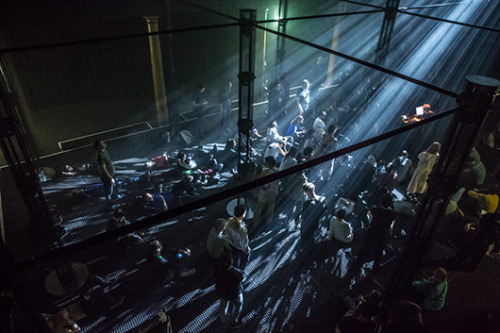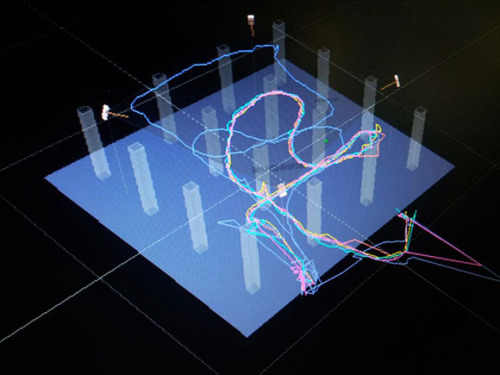Frequencies (Light Quanta)
 Wednesday, November 12, 2014 at 0:22 tagged
Wednesday, November 12, 2014 at 0:22 tagged  installations,
installations,  light,
light,  soundart
soundart Nicolas Bernier is a Canadian artist creating sound installations and performances. We’ve covered his work Frequencies (A) last summer. His “Frequencies” series is an ongoing process focusing on basic sound generation systems. For this iteration, Frequencies (Light Quanta), Bernier taking the quantum -the smallest measurable value of energy- as his conceptual basis. The project uses basic quantum physics in a metaphorical way to create 100 sound and light fragments that develop themselves organically, generating “an never expanding but yet disruptive form in time and space”.
Always good to see an artist develop an idea further, and look at it in different ways.

















